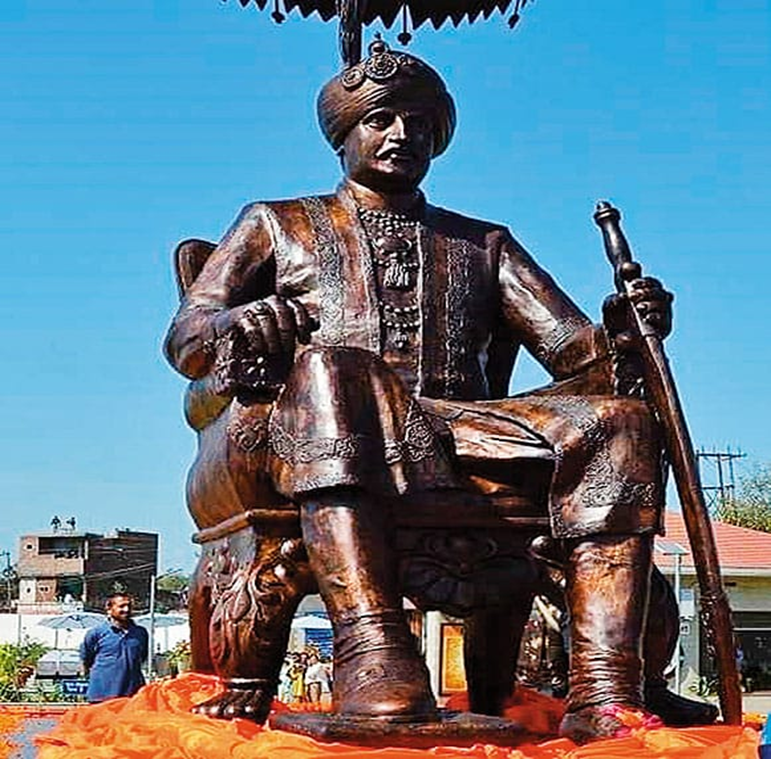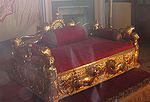INFLUENCE OF CULTURE
THE DOGRA CULTURE
“Duggar Pradesh”; also famously known as Jammu; is the native land of world’s renowned warriors and artists, named “Dogras”. Jammu is the winter capital of the State (the summer capital being Srinagar, in the Kashmir Valley), and is bounded by the “Pir Panjal” Range of the middle Himalayas in the North, by Punjab in the south, by Ladakh in the East and by Pakistan in the West. Dogras have known to inhabit the adjoining areas of Punjab, Himachal Pradesh and North-eastern Pakistan.
The Jammu Division of the UT of Jammu and Kashmir is not only blessed with natural beauty but is also a repository of traditions, art and culture. A large number of people of Jammu are primarily hard-working farmers who work in their fields from dawn to dusk braving the extremities of weather.
Yet they don’t miss any opportunity to celebrate life as and when they find such occasions. That is why we have fairs, songs, dances and folklores associated with every occasion such as marriage, harvesting of crops, birth of babies and other rituals. One way of braking the monotony of life and celebrating it is by performing folk dances which are an integral part of our rich culture. Folk Dance is a traditional form of dance which is unique to a particular region and is performed by a particular section of the people showcasing the culture of that region. There are many famous folk dances of Jammu region, which bear testimony to the rich culture and heritage bequeathed to us by our wise forefathers.
Wheat, maize and bajra are staple foods, in addition to
rice, cereals and a tangy preparation of mango or tamarind popularly known
as ambal (अम्बल) or maani (म्हाणी)/ambal (अंबल). The dish is
called dal patt maani (दाल भत्त म्हाणी) and is savoured as a combination.Mittha madra (मिट्ठा मदरा) is a favourite and is made with milk, dry fruit, and semolina.
Especially in ceremonial cooking, the following are favorites:
·
preparations of rajmash (a
special variety of red kidney beans)
·
mash
da madra (yogurt-based
gravy for black lentils)
·
auryia, a curd dish fermented by rye
·
kulth
di daal (horse gram) *ambal made
from pumpkin, jaggery and tamarind.
The palace was the last official residence of the Dogra dynasty and the
last king of the kingdom Maharaja Hari Singh.





.jpeg)
Comments
Post a Comment